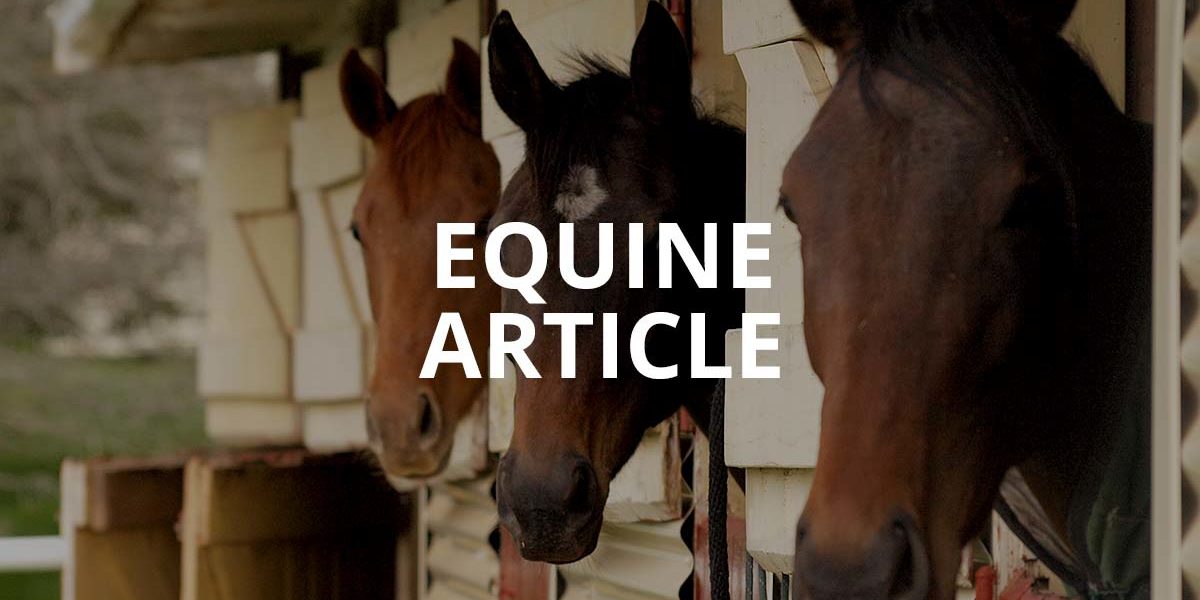Colic, a word that strikes fear into the heart of every horse owner! But what is it and what can we do?
In the simplest sense, colic is a broad term used to describe abdominal pain and the behaviour that we see associated with that pain. This is most commonly associated with the gastrointestinal tract, rather than other organs (kidneys, liver, spleen, etc) within the abdomen. Gastrointestinal pain has a range of causes, from simple stretching or inflammation of the intestinal wall. To more serious causes like blood flow restriction and death of part of the bowel.
The list of potential diagnoses and causes for the pain for colic is very long and often we do not find a definitive answer (up to 80% of cases). It may be as simple as gas stretching the intestinal wall, or as serious as cancer or a twisted piece of bowel. Although colic should be considered an emergency and the first image that springs to mind is always the worst, 95% of colic cases are non-surgical so don’t let talk of twisted bowels keep you up at night!
Signs of colic include (but aren’t limited to) lip curling, teeth grinding, flank watching, stretching, pawing, rolling, lethargy and inappetance. The severity of clinical signs are not always associated with the severity of the cause, so if any signs are noted it is worth a vet visit!
If you have noted signs of colic and have given us a ring, then in the meantime take the horse off feed and walk it. Remember when a horse is displaying signs of pain in severe cases may be a danger to you and itself. A thorough history is incredibly useful for the examining vet so keep in mind current diet, diet changes, worming and dental history, recent faecal production (poo is good!), time of onset and course of clinical signs, pregnancy information and previous colic episodes.
Our examination is based around evaluation of basic clinical and vital signs to give us an idea of colic severity and whether or not referral to a surgical/hospital facility may be required. Further diagnostic tools such as ultrasound, sampling of abdominal fluid, nasogastric tubing and if possible rectal examination will aid us in a diagnosis and decision making. Thankfully most colic cases are non-surgical and will respond well to medications and supportive treatments which we are able to administer in the field. That being said, there are cases that require more treatment than we are able to offer. This may include hospitalisation/intensive care and/or surgical intervention. We will always give you these options, and of course getting the horse there sooner rather than later is paramount!
As always, prevention is better than cure, and although there is no way to guarantee a horse won’t get colic, there are some risk factors to consider…..
Rapid feed changes, feeding high levels (>2.5kg) concentrate, dehydration, changes in activity/management, lack of or very recent worming, crib biting, sandy soils, lack of routine dental work, transport, stabling (>50% of time) and previous colic.
All of the above will increase the risk of colic, so keep them in mind when considering how your horse is managed.
Remember we are only a phone call away, and always here to help. Here’s to a pain free season!




